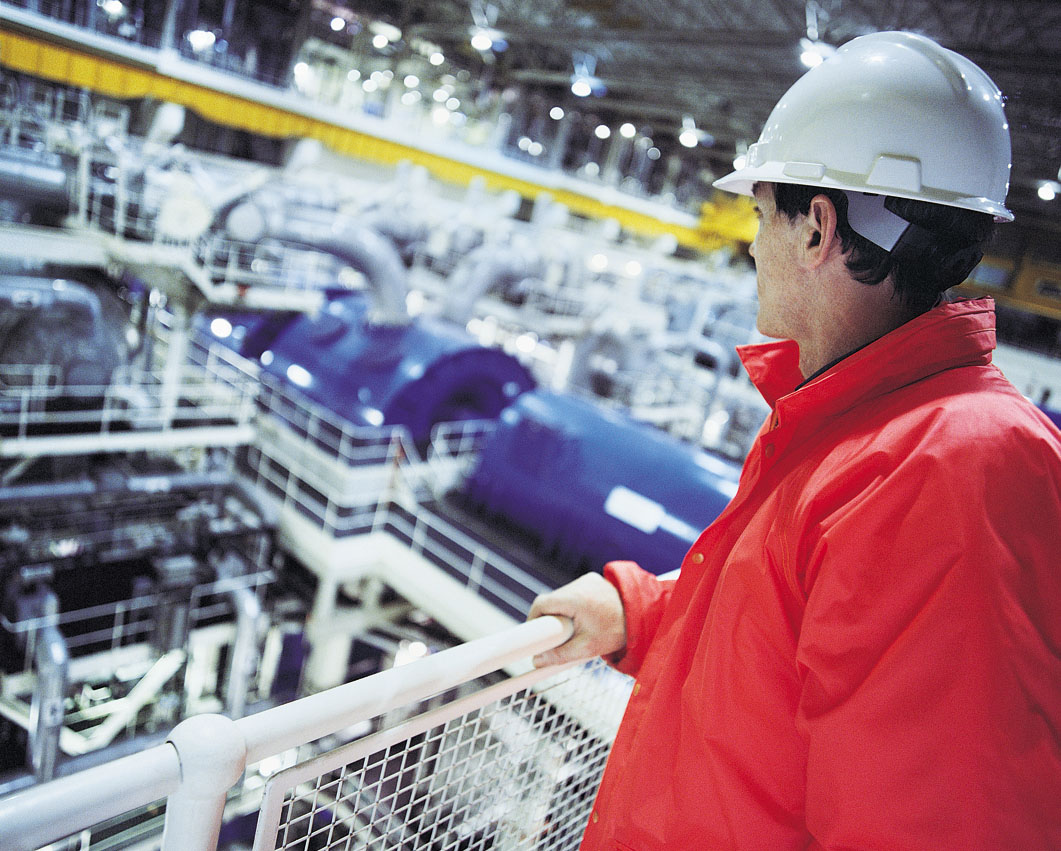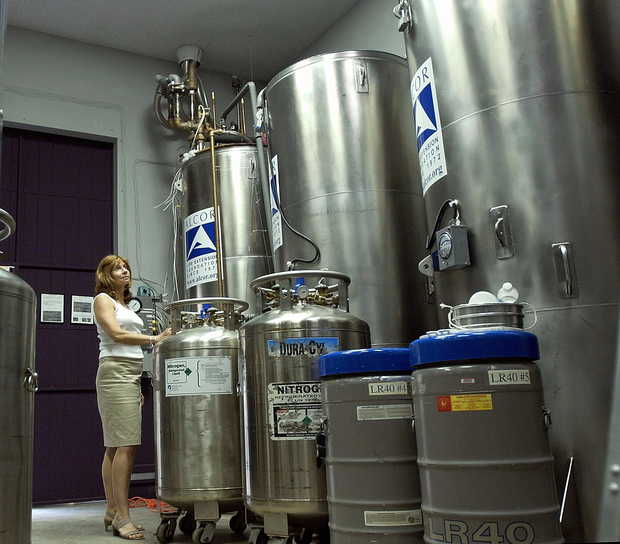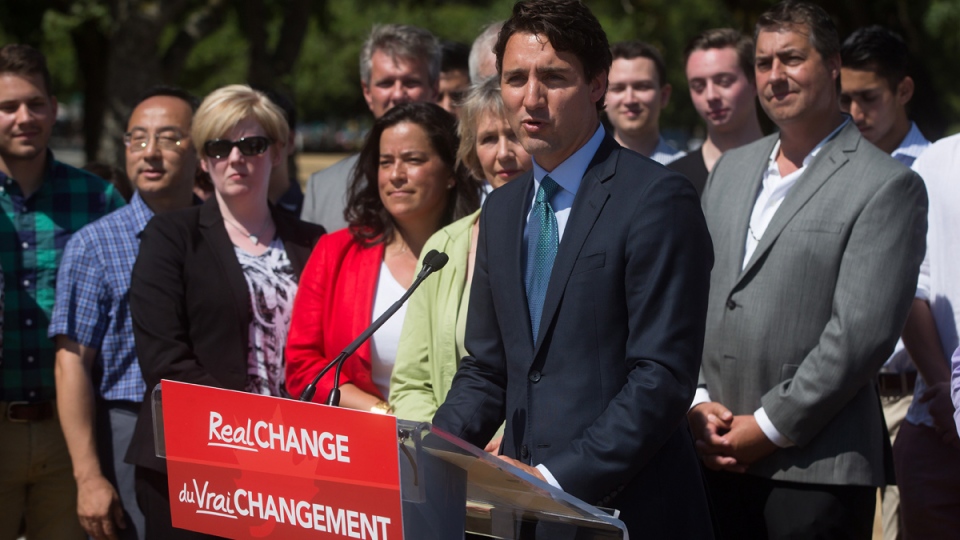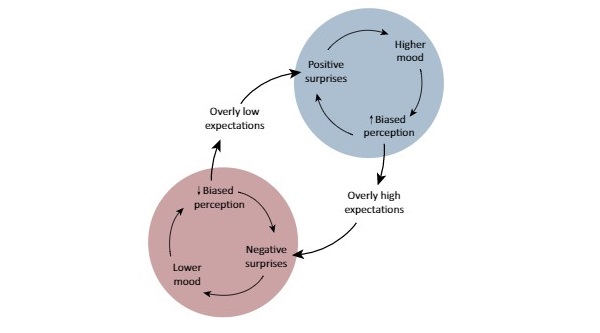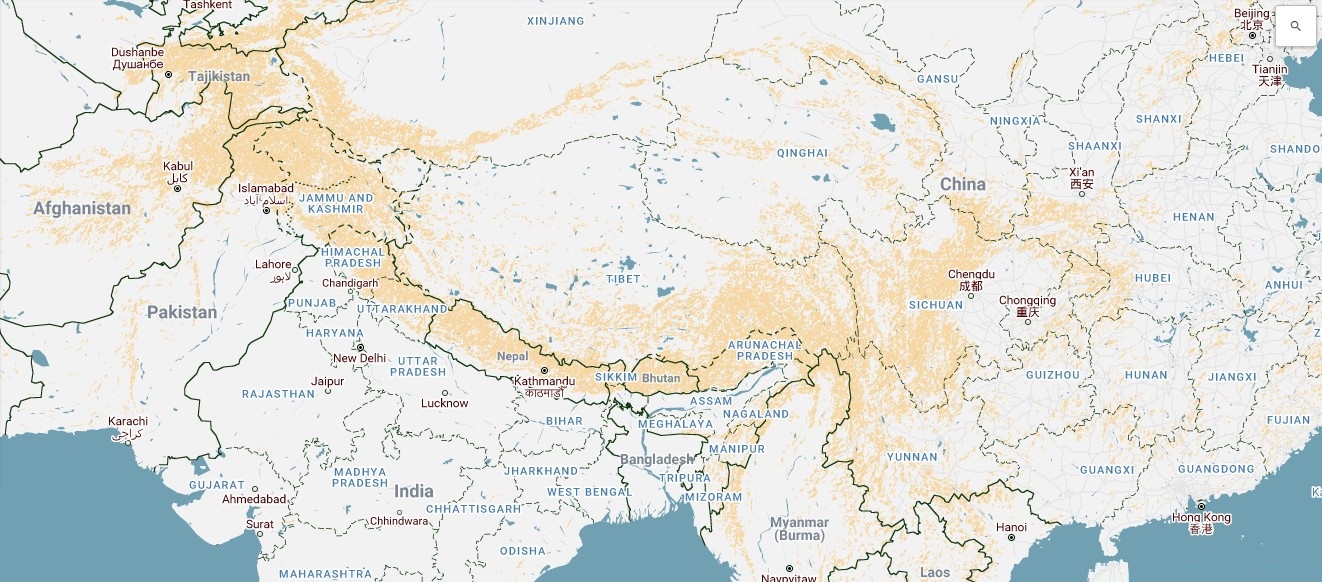Response to Darryl et al (on LinkedIn)
Now we have a conversation going. What started as an idea about a refinery in Alberta is evolving into a discussion of significant importance to Alberta/Canada and for Albertans/Canadians, namely, a Strategic Future Energy Plan compatible with economic aspirations and climate concerns.
Let’s get back to the Alberta refinery idea to start. Historical strategic thinking over many decades has served to turn Canada, in particular Western Canada, into a raw materials and commodities exporter. It is well understood now that this strategy, born in board rooms, served the corporate bottom line and political pundits first before much else.
In the current socio-economic climate, much voice is being given to ideas like an Alberta refinery motivated by the recognition that exporting raw materials is akin to exporting jobs and economic prosperity. Market diversification away from a single (USA) customer base by way of pipelines to the coasts for marine export is also a hot topic, as is Energy East, including on LinkedIn where this recent conversation started.
Over time, some have advocated for a TransCanada (coast to coast) trunk-line much in the vein of the TransCanada railroad built in the late 1880’s to unite Canada. In this case, the trunk-line would have several multi-directional pipelines in a single trench set with input and output headers strategically placed to afford Canada the flexibility to ship energy and fluids in any direction as markets and technologies evolved.
A decade or two ago, this concept made huge strategic sense for the country as whole as well as its various constituents. The question as to whether a concept like this is viable in a broader current 2015/16 strategic view within context of the technological change coming to the energy and water industries over the next 15 years to 2030 is meritous of both dialogue and study.
Certainly the technologies and capability to develop the technologies to build a multi-purpose, hyper-smart and secure trunk-line system with negligible environmental impact are now, more than ever, at our disposal.
Since my (part time) time return to Canada in the past few years after a life abroad, I have been advocating for not only refining in Alberta, but deploying massive technological change to the refining processes such that diverse carbon neutral energy inputs are used to power the process, refining capacity is flexible and reasonably mobile, water is fully recycled and most importantly, that carbon capture including re-use/re-purpose is part of the refining process.
Building up startup exploration and production (E&P) oil and gas (O&G) companies around the world forces one to innovate and think strategically. As the former soviet union broke up, some of us went east, it turned out to be the wild wild east with a whole set of unique challenges, not least of which, the overall strategic challenge of making stable and sustainable markets for the product(s).
While the London boardrooms preferred the traditional model exporting product abroad for hard currency, to succeed over time, market and product diversity were required right from the start, far from easy. Disrupting traditional models and innovating into vertically integrated O&G companies exporting raw as well as distributing refined product to local and regional markets contributed to sustainable success.
Success, dependent upon strategic thinking and innovation, was also contingent upon environmental performance.
As the iron curtain fell, the true nature of the soviet era environmental performance with regard to oil and gas (O&G) exploration and production came to light, Canadian oil extraction of the era looked downright pristine by comparison. Had these new western joint and sole ventures adopted the same environmental practices and policies as soviet era companies, no success would have been realized. Taking leadership positions up front and following through with a ‘zero discharge’ policy won over hearts and minds of even those most opposed to western companies operating in their back yards.
A ‘zero discharge’ aspiration of the early ‘90s might equate to a ‘carbon neutral’ aspiration of today and the inevitable ‘carbon zero’ aspiration within a decade in socio-technological terms and capability.
The venerable Peter Lougheed came out in support of the notion that Alberta needs to be refining its crude and exporting refined product. A decade ago, building an Alberta refinery (of undetermined scale and technology) made strong strategic sense both short and medium term. Alberta’s job situation and economic prosperity might look decidedly different today, not to mention pump prices.
2015 is closing out with many Canadians either distraught or hopeful. New governments in, old ones out. Circa 100,000 jobs in the O&G sector gone, most relegated to history. Royalty reviews, climate change policy review and carbon capture X-Prizes are water cooler and LinkedIn topics while many voices are speaking to near term job and prosperity solutions like refineries and east west pipelines.
Other voices including Darryl are calling for a strategic forward plan.
As a passionate student of the future including the future of energy and now relocating to Alberta, I share interest in a strategic plan for not only Alberta but Canada. Around the world, Canadians are generally well known for their ‘Candoo’ philosophy and attitude. If we really want an east west trunk-line and/or a state of the art high tech refinery in Alberta, we ‘Candoo’ it. Clearly.
The question now at hand is whether we ‘Candoo’ strategic thinking. Can we look out to 2030 and beyond to develop a leadership plan, commencing in 2105/2016, that seeks to ensure Canada’s future economic and climatic prosperity as carbon based energy loses its global strategic influence and market space to lo-carbon energy.
Can we we strategically innovate and evolve from a struggling but highly capable and resourced raw material exporter of today into Diversified Energy and Water powerhouse of tomorrow?
Candoo !
[Referencing earlier comments to this discussion, a caveat: Very rarely and occasionally does the leadership and vision required to ‘Candoo’ arise out out of the confines of the halls of government or boardrooms. More commonly it is ‘we the people’ in the back alleys and garages that start shit happening.]
By Dave Davies
